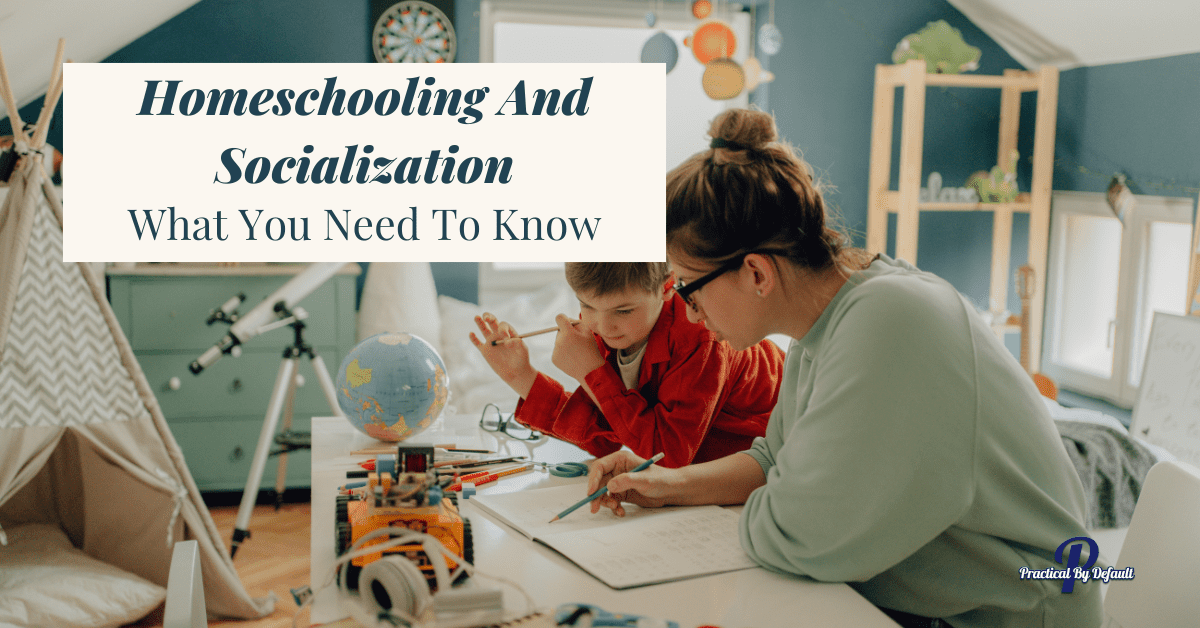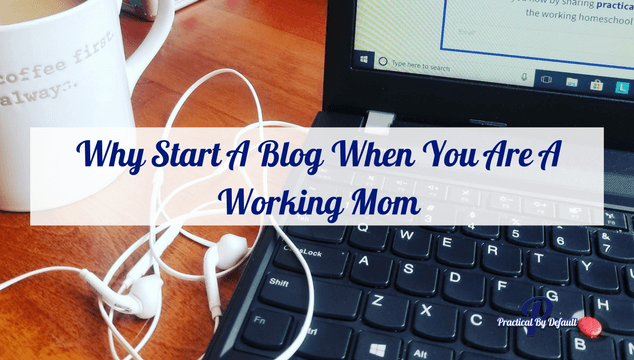How to Homeschool Multiple Children By Keeping It Simple
One of my readers asked, how to homeschool children of multiple age groups? One of the things I promise readers when they ask questions is if I don’t have the answer, I will find someone who does.
While I do currently homeschool two children, they are close in age, therefore, I thought any advice I had to offer although helpful would not be that valuable to you, the reader.
I am happy to introduce you to a fellow reader and awesome homeschool mom Shelly. She has willingly offered her time to discuss this topic in depth.
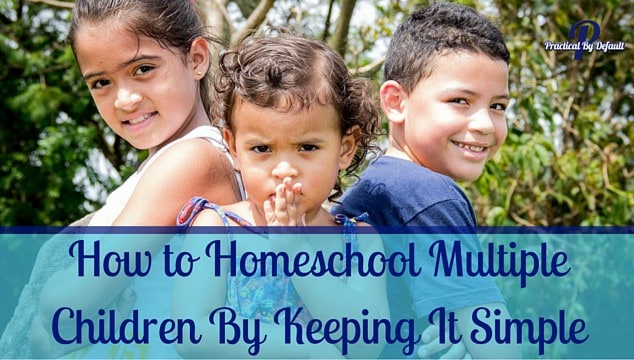
Disclosure: I may receive commissions for purchases made through links in this post.
The following is her advice:
Deciding to homeschool can be a difficult and intimidating commitment. Resolving to homeschool multiple children may seemingly “multiply” the fears that accompany a new homeschooling journey all the more.
As a busy mom of eleven, I know all too well the doubts, insecurities, and misgivings that new homeschooling parents often feel.
Now that we’ve completed our 7th year of homeschooling, there is one underlying philosophy throughout the entire structure of our homeschool.
Keep It Simple.
When I decided to homeschool, I pictured my children all working peacefully together, quietly completing their assignments while I contentedly sipped a cup of coffee.
If they needed help, they would each patiently wait their turn until I was finished with their siblings. Our days would go smoothly, amazing projects would be completed….who knows? Maybe one of my kids would find the cure for cancer!
That is not what happened.
Each day I would begin with such high hopes for the potential in our homeschool day, and each day would end with me feeling frazzled, frustrated, and completely overwhelmed.
Sound familiar?
Eventually, after much trial and error, I came upon the key element in a successful homeschool routine for our family: simplicity.
Simplicity Is Key
Presently, I am homeschooling ten children.
Most people think I’m crazy for undertaking what seems like an impossible task, but I’m here to tell you that it is not only possible but enjoyable.
Children do not need to be separated according to the age group for every subject in a homeschool setting. Traditional schools must do this for the sake of cost and efficiency; however, this has nothing to do with actual learning.
There are two key elements that help me keep my sanity in our homeschool routine: one-on-one time and unit studies.
One-on-One Time:
Every day we begin with each child having time alone with me to focus on language arts and math.
(Since my teens are all independent learners, I will be referring to my younger children throughout this post.)
One child will work on language arts and math, while the other children do their silent reading until it is their turn. Since they are the only child working at the time if they need my help with something they don’t need to wait in line. This may sound time-consuming but remember: keep it simple.
I am not a big believer in tons of book work.
I found that, with my children, too much seat work only frustrated them and inhibited their learning. Because of this, I tend to keep these lessons short and to-the-point.
Math With Life Of Fred
We will usually complete one chapter of Life of Fred, or we will complete one page of their math workbook. If I feel there are too many math problems on the page, I’ll let them just do half. If they understand the concept, they’re finished. If not, we’ll work through some of the remaining problems until they do understand.
How To Teach Language Arts
When I say language arts, I do not mean that they will complete assignments in grammar, spelling/phonics, reading, and writing.
Remember that I keep it simple? 🙂
Language arts for us means that they will either complete one page of a grammar workbook or do one spelling lesson. That’s it. We do not own a reading curriculum.
We use narration for our read-alouds and silent reading. We also do not own a writing curriculum. Our unit studies entail plenty of writing practice, so I feel it’s unnecessary.
And here’s the part my kids love- on the days that our unit study covers math or language arts concepts, we skip the book work for that day.
If your child will be completing a report during the unit study, it would be rather redundant to also complete a language arts assignment.
Same thing with math. If you plan on incorporating math into the day’s unit study, it’s certainly not necessary to do the workbook, too.
When all is said and done, our one-on-one time is usually completed in two hours or less for six kids. Yes, six. On average, each child only spends about 20 minutes doing seat work.
Before moving on to unit studies, I’d like to point out that, with families that have several children, this time alone with your child is so valuable because it may happen so rarely throughout the rest of the day. Enjoy it.
Unit Studies:
After our one-on-one time, the remainder of our activities are done together using unit studies.
A unit study is a method of learning which takes a specific topic and incorporates related books and activities that are cross-curricular (spanning every subject) and are able to be used for a wide age range.
Instead of focusing on school subjects, unit studies take a detailed look at the topic of interest and simply explore it through literature, hands-on activities, and rabbit trails.
Studying marine life may seem to the average person to classify as just science, but unit studies will incorporate geography (where are sperm whales most frequently found?), social studies (what is a marine biologist? an oceanographer?), history (when were coelacanths found to not be extinct?), literature (Moby Dick), writing (a paragraph, report, or picture book on blob fish), math (if a whale shark weighs two tons, how many lbs. would that be?), etc.
The possibilities are endless, and it is fairly easy to adjust the activity to the level of the student. Recently, my children learned about vultures in our Greek Mythology unit study. (See? Rabbit trails!) My 8 yr. old wrote a few sentences, my 10 yr. old wrote a paragraph and my 11 yr. old wrote a report.
It is just as simple to adjust the difficulty of math and other assignments, as well.
The unit study method completely replaces textbooks and the need for each student to study each topic separately. That would make any large-family homeschooling parent crazy!
If you are homeschooling multiple children, learn how to track your homeschool hours here.
The Key To Homeschooling Many Children: Keep It Simple!
Homeschooling multiple children does not have to be as difficult or scary as you might think. Throughout your journey, be diligent in staying true to this one piece of advice: simplicity is the key to success!
Thank you, Shelly, for sharing your knowledge with us, and reminding us that to homeschool multiple children of all ages, the key is to Keep it Simple!
Find the rest of her story below and around the web!

Her Blog: There is No Place Like Home
Google +
Linking Up With.
📌Don’t let this post get lost in the internet abyss – pin it to your Pinterest board now!
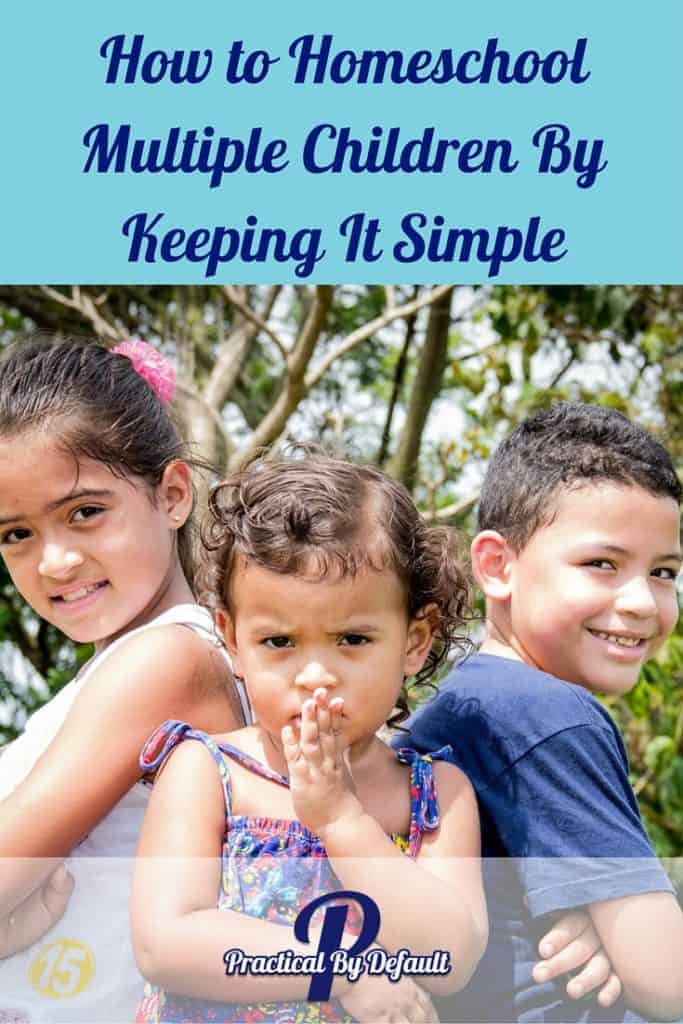
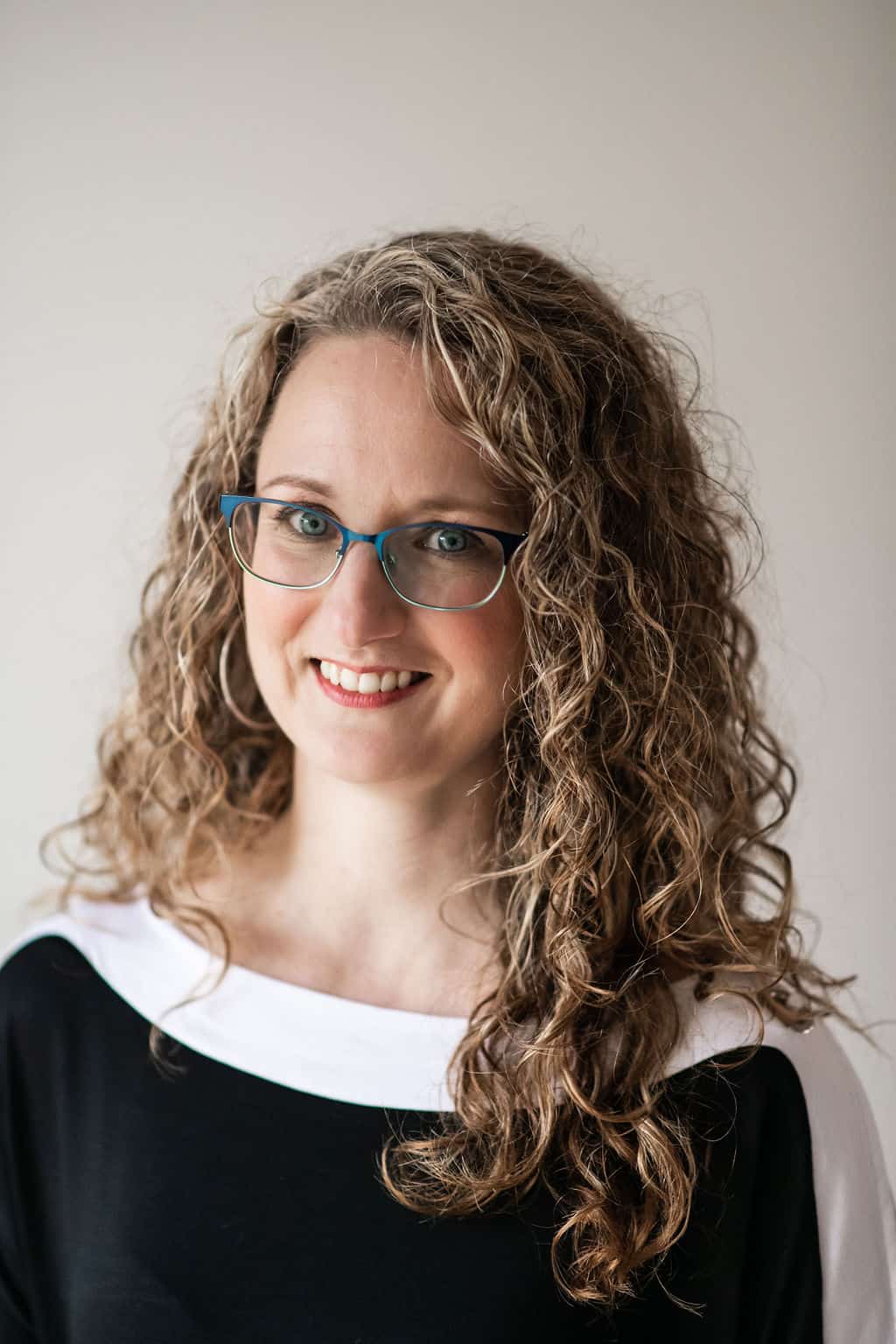
Hi, I’m Jen. I help working moms juggle their career and homeschool their kids by providing support, systems and tools. You are warmly invited to Join the Online Community Here!


